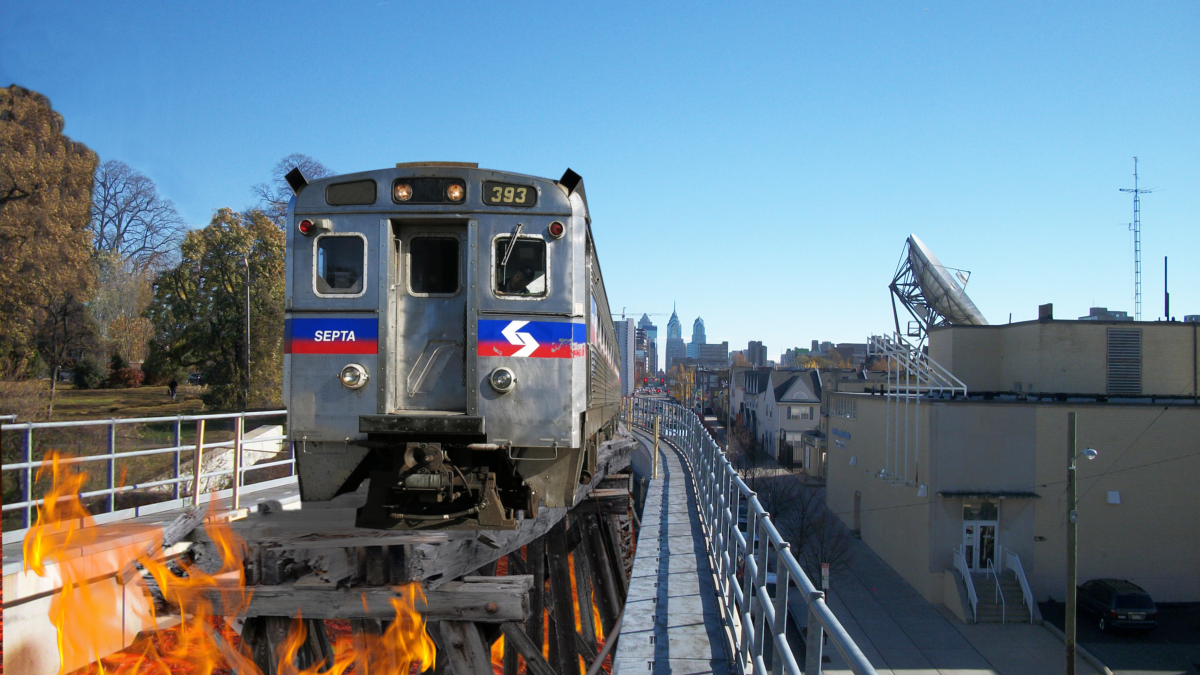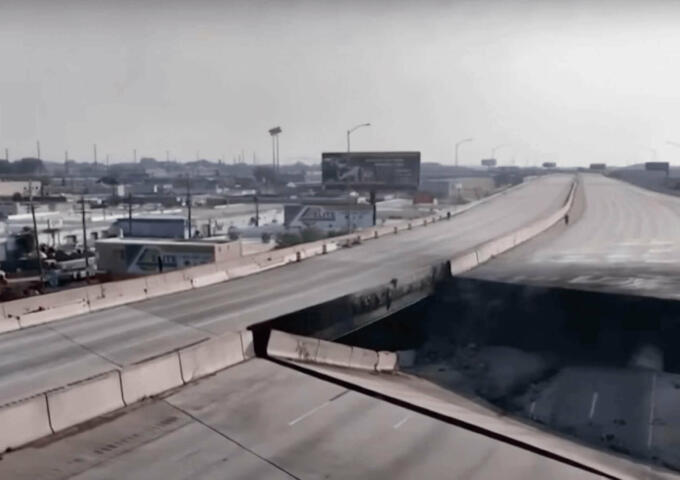By Thom Nickels
Ride the Market-Frankford El, the Broad Street Line or any bus or trolley in the region and you will become aware that SEPTA ridership has taken a huge hit.
Not only do the empty seats indicate a future with dim prospects, but they recall how in 2019, SEPTA seemed fixed in strength and insolubility. With the advent of COVID-19, that robustness has collapsed in the form of altered transit schedules, canceled regional rail lines and financial losses to the tune of $1 million a day.
All of this could mean changes for the authority – including fare hikes. Service cuts and layoffs are also possibilities, officials say.
According to Andrew Busch, SEPTA’s chief press officer, SEPTA ridership is about 30 percent of what it was pre-COVID.
“COVID is having a major toll, but part of what we want to do is attract riders,” Busch said.
“What we are trying to offer riders today is confidence that SEPTA is safe, and we do that by not just saying it but keeping up with the cleaning program, so that when people come back they can have a good experience.”
Busch wants riders to know that public transit is not a spreader.
“Currently, about 90 percent of our riders are complying with the mask rule without any kind of issue. All of the nation’s major transit agencies are suffering because of the pandemic, but SEPTA may be forced to look at service cuts and possibly layoffs. We are approaching this with care and caution,” he says.
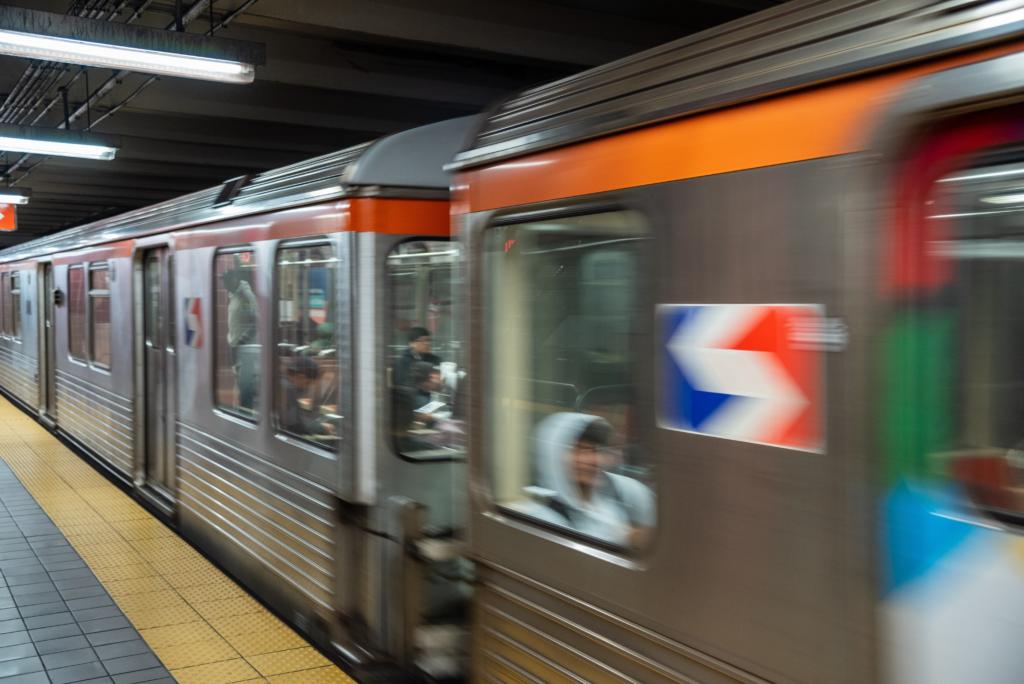
COVID-19 has forced the 57-year-old agency to make drastic changes in its daily operations. Most of the cutbacks have affected the regional rail lines, most notably the temporary elimination of the Chestnut Hill West and Cynwyd lines. Ridership on regional rail is lower than it is on the Market-Frankford and Broad Street line, something that Busch attributes to more people in the suburbs working at home than in the inner city.
Regional rail, Busch says, operates on a Saturday schedule, with trains running every hour, except for the high-volume Paoli-Thorndale line that runs every half-hour during rush hour.
“All the regional rail lines are running with less frequency than pre-COVID,” he said.
Ridership on the regional rail was down a shocking 96 percent in April 2020, but today, that percentage is 88 percent, a figure Busch expects to stay constant going into the future.
“For the time being, until we get indications that commuters are starting to come back, we’re probably going to be stuck at 88 percent.”
The public’s reluctance to flock back to SEPTA en masse, even with a vaccine in the offing, can be traced to the earlier days of the pandemic, when riding any form of public transit, even while masked and observing social-distance rules, was viewed as risking one’s life, comparable to walking (unmasked) into a filled-to-capacity sports stadium.
The decrease in ridership over the last several months has created a SEPTA revenue shortfall of $350 million (from a total operating budget of $1.5 billion) for this fiscal year. SEPTA’s fiscal year runs from July 1 through June 30.
“This means that the agency’s 2020 run is about halfway through,” Busch said.
That shortfall forced SEPTA to reduce its Lifeline Service Schedule in April because of virus-related employee absences. According to published reports, 10 station stops along the MFL were temporarily closed, and the BSL saw eight stations sidelined. At that time, there were 76 confirmed cases of COVID among SEPTA employees, with three deaths. Overall ridership had declined by 80 percent.
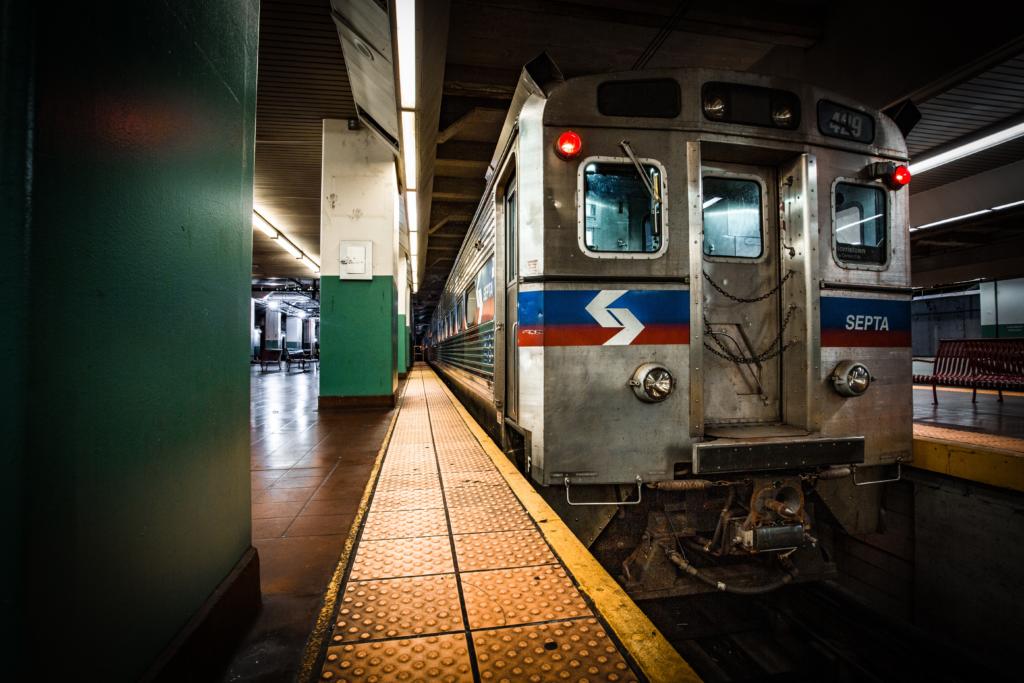
Compare that to a year ago, when MFL passenger cars were so crowded that trains often had to skip major station stops like Girard during rush hour because commuters covered every square inch of the waiting platforms. Passenger-packed trains would whiz past the Girard platform because there just wasn’t room for additional people.
The agency’s current loss of $1 million a day has to be made up somehow. Busch says that the threat of a fare increase looms because of this shortfall. Busch is quick to add that a fare increase was not implemented by the SEPTA board when it met Dec. 17.
“The board delayed the increase once before. It was supposed to go into effect July 1, but the board delayed the increase in June 2020. They delayed it again, but the question will come up again July 1, 2021,” he said.
But even if there is a fare increase next year, Busch doesn’t expect the baseline fare of $2.50 to change at that time.
Should the SEPTA board approve fare increases on July 1, 2021, those new numbers would include:
- Cash fare buses, trolleys and subways would remain at $2.50.
- Weekly TransPass (good for buses, trolleys and subways – “Transit” modes) would increase by $1 to $26.50; and the monthly TransPass would go up $3 to $99.
- Weekly and monthly TrailPasses (good for regional rail and Transit) would increase by an average of five to six percent, as would individual regional rail ticket rates.
SEPTA reviews a possible fare increase every three years, but attempts to keep any increase within the cost of living.
“We prefer to do that rather than wait longer periods of time and then come back with a bigger increase,” Busch said, “because small increases are more predictable for SEPTA riders. They know that every three years they are looking at an increase in fares that is consistent with what they’re paying for other goods and services.”
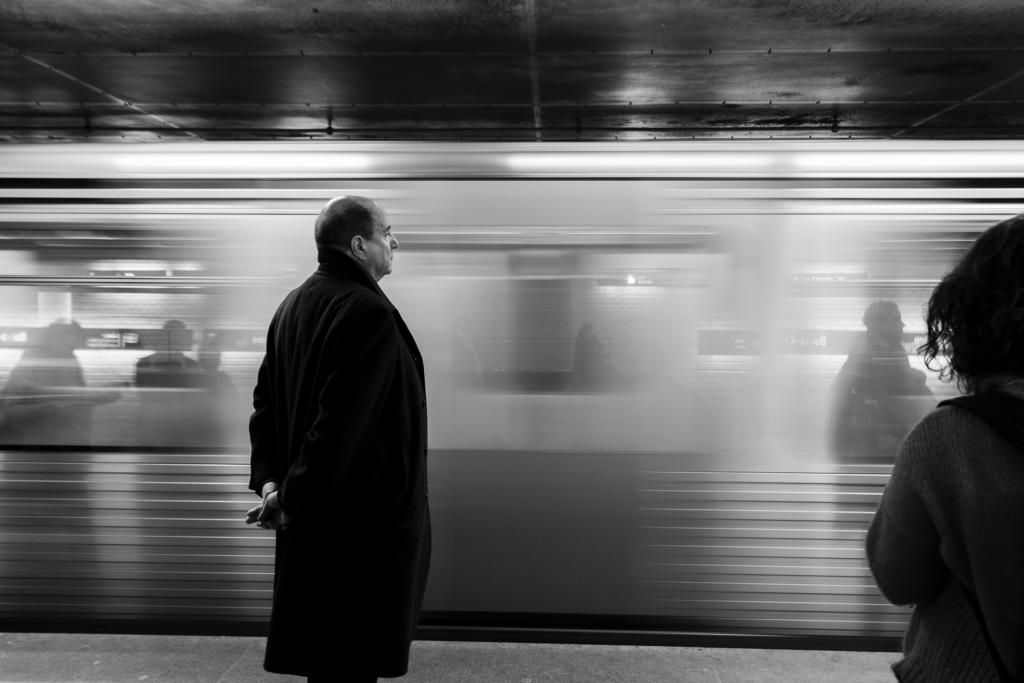
According to the nonprofit TMA Bucks, this summer saw the implementation of two positive changes: Free transfers and a new policy that children under 11 ride free.
At the same time, there was also a threatened strike by the Transport Workers Union Local 234. The 5,300-member union demanded that SEPTA take extra precautions for its transit workers. These included taking employees’ temperatures; sending home anyone who had a fever above 100.4; regular testing of air quality on vehicles; paying workers with pre-existing conditions to quarantine at home, and classifying COVID-related deaths as work-related for fair compensation. The union had threatened a work stoppage, but that move was thwarted after negotiations with the mayor.
In June, a $17 million contract was approved for automatic passenger counters. Cloth seats on vehicles (a targeted concern during the bed bug scare some years ago) were also removed. Overnight weekend service on both the MFL and the BSL was suspended until further notice so workers can clean and sanitize stations and train cars. Currently, the Owl bus service runs every 15 minutes in place of the all-night trains. New transit glass shields to protect drivers were put in place in early November. SEPTA also eased restrictions on taking bicycles on regional rail, the MFL and BSL during rush hour.
Busch says that SEPTA’s main issue right now is finding new ways to attract people, such as emphasizing its affordable options for traveling compared to what people would pay to park or to take a ride sharing service.
What is Busch’s best-case scenario vision for SEPTA one year from now?
“We may not be back where we were pre-COVID, but we’re building ridership back up. We’re on track. There’s been some movement on getting long-term capital funding at the state level. We can also replace the oldest parts of the regional rail fleet, the ones that date back to the mid 1970s. We will also be able to move ahead with infrastructure improvements to get us ready to start accommodating electric-battery operated buses.”
A worst case scenario, he says, would be a permanent stall in operations if SEPTA isn’t able to obtain additional stop-gap funding for its looming operating budget deficits.
“We would then have to move forward on plans that would reduce service. That would make it harder for the region and SEPTA to recover from this,” he said.
